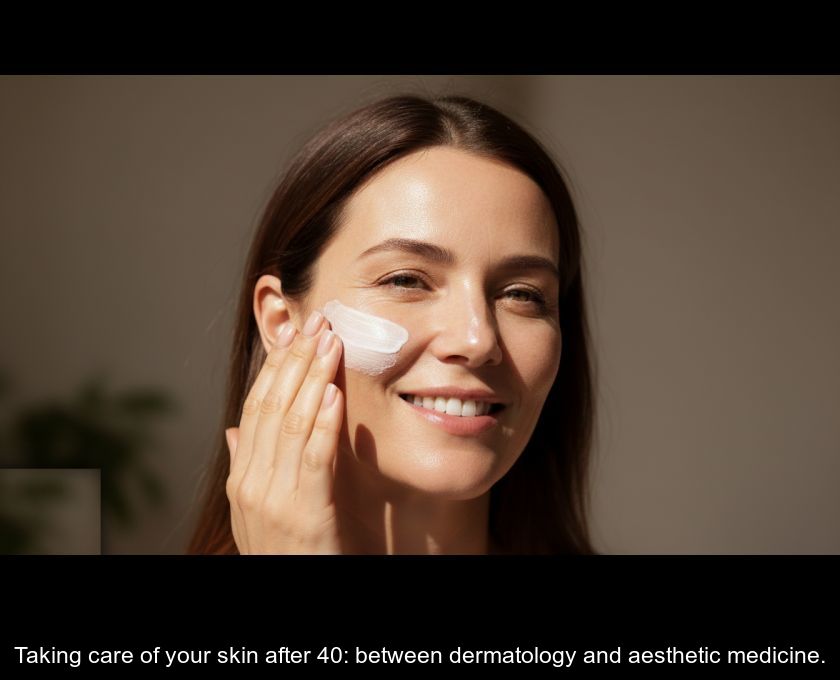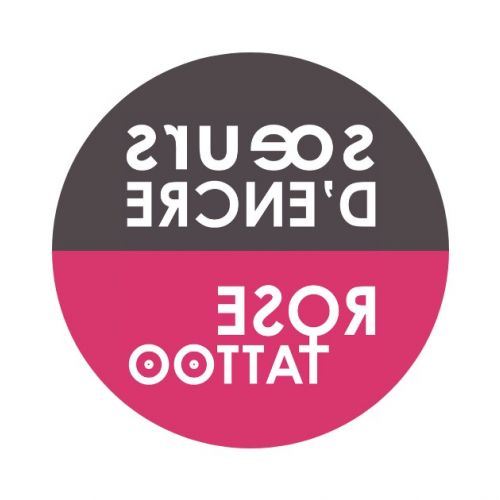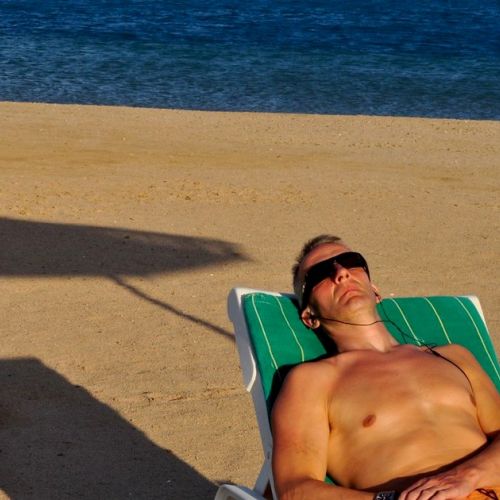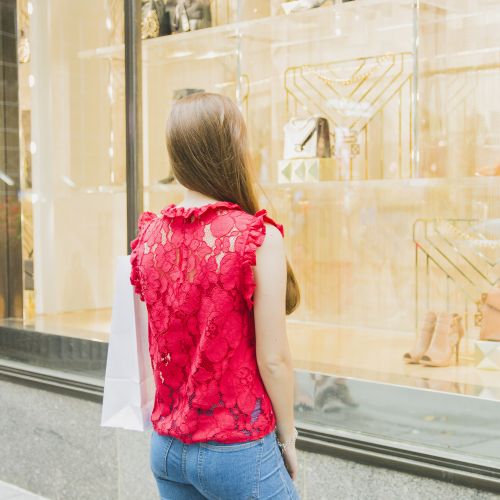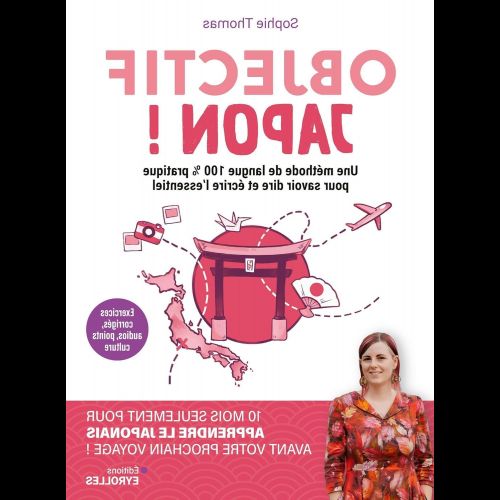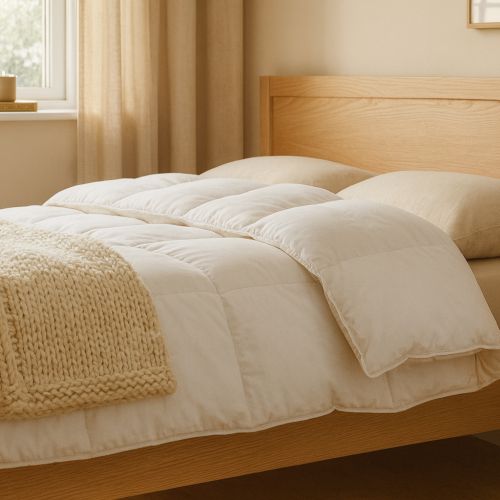Taking Care Of Your Skin After 40: Between Dermatology And Aesthetic Medicine.
After 40 years, skin changes, it's normal. The cellular rhythm slows down, hydration decreases, spots become more prominent, and wrinkles set in... The good news is that there are simple everyday actions, and if necessary, mild medical solutions to maintain a fresh complexion and comfortable skin.
Why skin changes after 40 years
Skin metabolism becomes less efficient, collagen and elastin production decreases, and the hydrolipidic film becomes more fragile. As a result, the skin loses firmness and elasticity, and shows signs of aging more quickly. Hormones also play a role, especially around perimenopause and menopause. Understanding these mechanisms better helps to choose the right approaches, both at home and in professional settings. For personalized support and procedures performed by doctors, specialized centers like [Beaujour](https://beaujour.com/) offer assessments and graduated options depending on the indication.
Goal 1, protect, because the sun accelerates everything.
Photoprotection remains essential, even in the city, even in winter.
- SPF 30 minimum, broad-spectrum UVA UVB, applied in the morning in sufficient quantity, then reapplied if exposed for extended periods.
- Smart habits: sunglasses, hat, seeking shade during peak hours, and avoiding sunburns, even "minor" ones.
- For skin prone to pigmentation: consider sunscreens with effective UVA filters, as they are the ones that exacerbate melasma and lentigines.
A useful note, sunscreen does not prevent light tanning... but it especially helps to avoid marking and staining, which matters after 40 years.
Goal 2, efficient, simple and regular routine
No need for 12 products. A short, well-conducted routine is better.
- **Morning**: gentle cleanser, stabilized vitamin C or derivatives as an **antioxidant**, **hydrating** with hyaluronic acid, **SPF** 30 or 50.
- **Evening**: non-aggressive makeup removal, progressive **retinoids**, then barrier cream with **ceramides** or **niacinamide** to soothe, smooth, and tighten the skin texture.
- **1 to 2 times a week**: gentle exfoliation, preferably chemical, AHA or PHA, to revive brightness without irritation.
Retinoid is not just for "experts". Start low, space it out initially, increase when the skin tolerates. It's one of the most well-documented actives for smoothing fine lines and evening out skin tone.
When to consult a dermatologist
Whenever there is doubt. Evolving spots, suspicious mole, inflammatory adult acne, rosacea, contact eczema, hair loss... The dermatologist diagnoses the condition, treats the pathology, and then decides whether or not to proceed with a cosmetic medical procedure. The logical order is important, medical care before aesthetics, not the other way around.
Aesthetic medicine, light and reversible options
The idea is not to change a face, but to correct bothersome signs with subtle touches, aiming for a natural result.
Botulinum Toxin, soften without freezing
Indicated for expression lines on the forehead, glabella, and crow's feet. The principle is to temporarily relax overly tense muscles. Visible effect in a few days, lasts on average 3 to 4 months. The less extensive the treatment, the more mobility is retained, which many refer to as "baby botox". Best practices include cautious muscle mapping, light touch-up after 15 days if necessary, and before-and-after photos to document results.
Injectable Hyaluronic Acid, restore volume and deeply hydrate
Hyaluronic acid-based fillers fill in hollows, nasolabial folds, marionette lines, and under-eye circles as indicated, provide support to areas that have thinned such as cheeks, temples, chin, and can hydrate the lips without over-plumping. Average duration 6 to 18 months depending on the product and area. A good guideline is to ask for the traceability of the device and aim for a result that is imperceptible to the untrained eye, which is the true "natural".
Medical Peels, boost radiance and smoothness
From superficial to intermediate, they improve skin tone uniformity, diminish spots, and smooth fine lines. The acids used, such as AHA, TCA, etc., vary according to the goal. Recovery is short but requires proper sun protection and tailored hydration. Several sessions are better than one too-strong peel, especially on darker or pigment-prone skins.
Lasers and energy, targeted and complementary
Vascular lasers address diffuse redness and rosacea, pigment lasers target certain spots, fractional lasers like CO2 or erbium promote dermal remodeling, useful for fine wrinkles and texture. Alternatives or complements include micro-needle radiofrequency for firmness, micro-focused ultrasound HIFU for a discreet tightening effect. The choice depends on the skin phototype, season, and specific indication. For example, melasma is not treated in the same way as an isolated lentigo.
Brown spots and melasma, caution and strategy
After 40 years, hyperpigmentation becomes a common reason for consultation. The winning strategy combines **strict photoprotection**, depigmenting **agents** like niacinamide, azelaic acid, topical tranexamic acid, and, if necessary, supervised medical **protocols** such as light peels and suitable lasers. Sunburns and aggressive treatments during summer are to be avoided, otherwise the risk of rebound effects looms.
Sensitive skin, barrier first
Redness, tingling, dryness, everything intensifies when the skin barrier is damaged. Simplify the routine with "comfort" textures, repair with ceramides, cholesterol, fatty acids, pause exfoliations, and reintroduce strong actives very gradually. Many treatments fail because we want to go too fast.
And regarding lifestyle, what really matters
Regular sleep, balanced diet rich in proteins and antioxidants, moderate physical activity, stress management... Nothing spectacular, but it all adds up. Tobacco remains the enemy of radiance and microcirculation. Hydration is not just about drinking water, but preserving water in the skin, hence the importance of humectants like hyaluronic acid, glycerin, and emollients.
Typical path, from the simplest to the most committed
Level 1, home: Daily SPF 30, vitamin C in the morning, retinoid in the evening, barrier moisturizer. 8 weeks to evaluate.
Level 2, clinic: Superficial peel, targeted botulinum toxin if expression wrinkles are bothersome, minimal HA filler for pronounced lines.
Level 3, texture and firmness: Light fractional laser outside of summer, microneedling radiofrequency, staggered treatment plans, follow-up photos, annual or biannual maintenance.
This phased approach prevents unnecessary escalation and allows for the real contribution of each component to be measured.
Budget, security, expectations
Better an honest plan than a basket of deeds. The main objective is defined, a realistic schedule, a budget, and contraindications such as phototype, ongoing treatments, medical history. Side effects do exist like bruising, swelling, transient redness, and should be explained beforehand. A good practitioner documents everything, keeps batch numbers, takes photos, and remains accessible in case of adverse effects.
After 40 years, natural equates to consistency.
Naturalness is not achieved by "doing nothing," but by combining protection, regular routine, and measured medical interventions when they are useful. The goal is not to look ten years younger, but to appear rested, in line with one's age and lifestyle. This is often what produces the most "beautiful result."
Nota bene
- SPF: An SPF 30 blocks about 97 percent of UVB rays, an SPF 50 a bit more, but no sunscreen is total. The key is the amount and reapplication during exposures.
- Retinoids: Beginners should prefer a retinal or retinol, then consider stronger formulas if tolerance is okay, always with suitable hydration.
- Laser and summer: Several lasers are performed outside of very sunny periods; ask for a schedule compatible with your sun exposure.
Conclusion
After 40 years, taking care of one's skin means combining simple reflexes with targeted solutions when they provide a real benefit. We start by protecting, we maintain with a smart routine, we correct if necessary with precise and measured actions. This path leads to visible and lasting results, without ever altering the face. And above all, we keep in mind that every skin has its own story... which is why tailored guidance is of interest.

